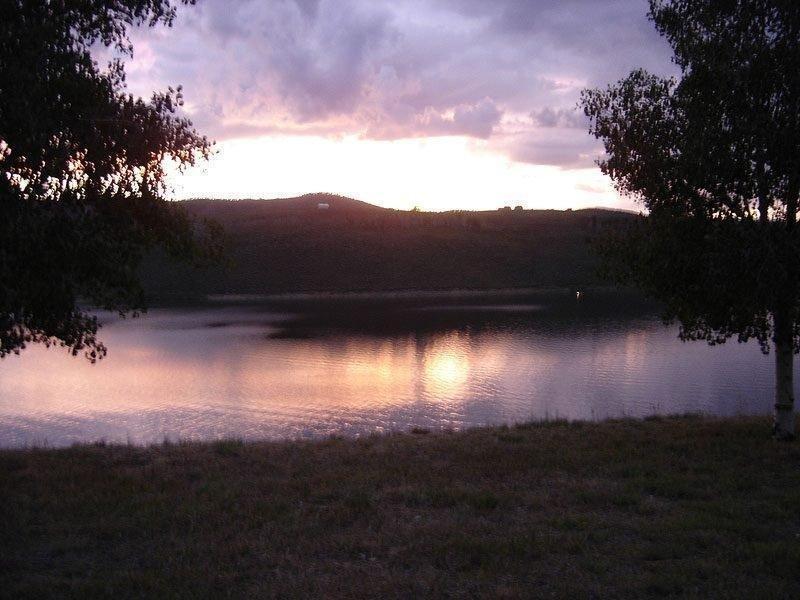By Chad Greenhalgh
Scofield Reservoir’s history touts many records of trophy sized fish. So, with word of mouth reports that the fishing had grown difficult, I set out to do a little research. I loaded up the canoe, a bag of sunflower seeds, my beautiful wife and our rascally little anglers and we headed to Scofield to find out for ourselves what was lurking beneath the surface.
We used small hooked trolling gear and spinners as we trolled along in the canoe. As we did, we hauled in fish left and right. My young boys had so much fun catching fish, their arms were getting tired of reeling. The only problem was that most all of the fish we caught were Utah chubs, an unwanted carp-like fish.
Because a weekend of fishing does not constitute as research, I came home and contacted the local DWR office to get more information. I spoke with Regional Aquatic Program Manager Justin Hart, who provided insight and positive outlook for the future of Scofield.
Justin agreed that the chubs in the lake are a problem and one that he is very familiar with, as he pointed out that “back in 2005 they first showed up.” Scofield is sampled with gill nets twice a year and, in 2009, results yielded that staff were “netting chubs that were two inches long, up to ten inches and everything in between. And about 10 chubs to every one trout.”
The chub is a direct competitor with rainbow trout.
“They occupy the same space, they eat the same thing, and it’s hard for young trout to compete with the chubs,” Hart shared. In an effort to eliminate the problem, the DWR has introduced natural predators such as tiger trout and Bear Lake cutthroat trout. The slot limit (required release of trout between 15 – 22 inches) was instituted to give these prime sized natural predators an advantage to eat as many of the chubs as possible.
Through management efforts, the problem is getting smaller. The past two years of gill net results show chub populations at approximately 4.6 chubs to every one trout.
“We’ve shifted the size structure of these chubs,” said Hart. “The average length now is about 10 inches. We rarely net anything smaller than eight. Our trout are eating all the chubs.”
Hart notes that chub species “are very prolific, and they live a long time,” up to 15 years. Fortunately, with the older chubs in Scofield being about 11 years of age, the older fish will begin phasing out as well, and should show an additional positive reduction in the next few years.
Scofield is a different fishery than it was 10 years ago.
“We need to change the way we fish for a while,” Hart explained. “Worms, power baits and small hooks will catch a lot of chubs before you get to the trout. Size up their hooks and their lures.” When you do catch a chub, “these chubs are great bait. Cut it into big chunks put it on your hook, and you will catch tiger trout and cutthroat trout,” he said.
Looking forward, Hart pointed out that chub elimination efforts are not letting up. Previous efforts will continue, and hopes are that in 2017, the DWR can “start stocking some 12” rainbows” and “stock a much larger tiger trout.” This effort will provide added predation upon the chubs and increased angling opportunities.


